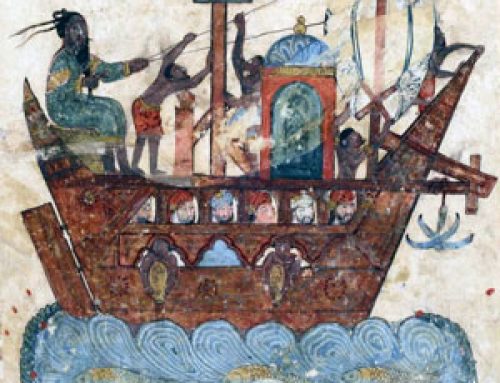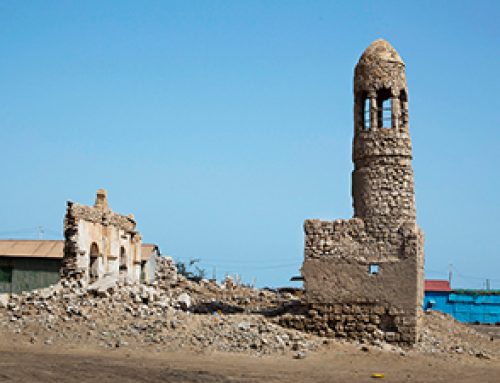
Yuca plants after they’re pulled up
When Portuguese traders began to come to Africa around 1500 AD, they brought new foods with them from South America and Central America. They brought peanuts, which were popular in Africa because they were a lot like the ground-nuts that people already ate. Most Africans switched over to growing peanuts, because peanuts were easier to grow. The Portuguese also brought yuca root, which is a root like a potato, from Brazil to Africa; yuca root grows in very dry conditions. Possibly both peanuts and yuca root (cooked into fufu) helped Africans live through the terrible drought of the Little Ice Age. And the Portuguese also brought spicy chili peppers. Chili peppers became very popular in Africa to flavor all kinds of food.

Fufu with peanut sauce (Ghana)
But even though these new foods were popular everywhere, in the 1600s Africans ate very differently in different parts of Africa. South Africans ate a lot of beef and mutton. In Central Africa, in the Congo kingdom, people ate fufu (yuca root). Along the East African coast, people ate mainly rice. In Egypt, it was fava beans and bread. Along the rest of the North African coast, people ate couscous made from millet, spiced with chili peppers and with chickpeas, onions, leeks, turnips, peas and cabbage on top. In West Africa, as in Central Africa, people ate a lot of fufu and peanuts.

Tunisian couscous
In the 1800s, many more New World foods came to Africa with traders: zucchini, potatoes, tomatoes. The end of the Little Ice Age drought meant that Africans could grow and eat more grains. French colonists in North Africa brought French food ideas with them, so North Africans started to bake and eat French-style baguettes. Although West Africa began to produce a lot of chocolate in the 1800s, most Africans didn’t eat chocolate – they sold almost all of it to Europe and the United States.
Learn by doing: eat some peanuts right from their shells
Early African food
Bibliography and further reading about African food and colonization:
Food and Recipes of Africa (Kids in the Kitchen.) by Theresa M. Beatty
The People of Africa and Their Food (Multicultural Cookbooks) by Ann Burckhardt
A Taste of West Africa (Food Around the World) by Colin Harris



